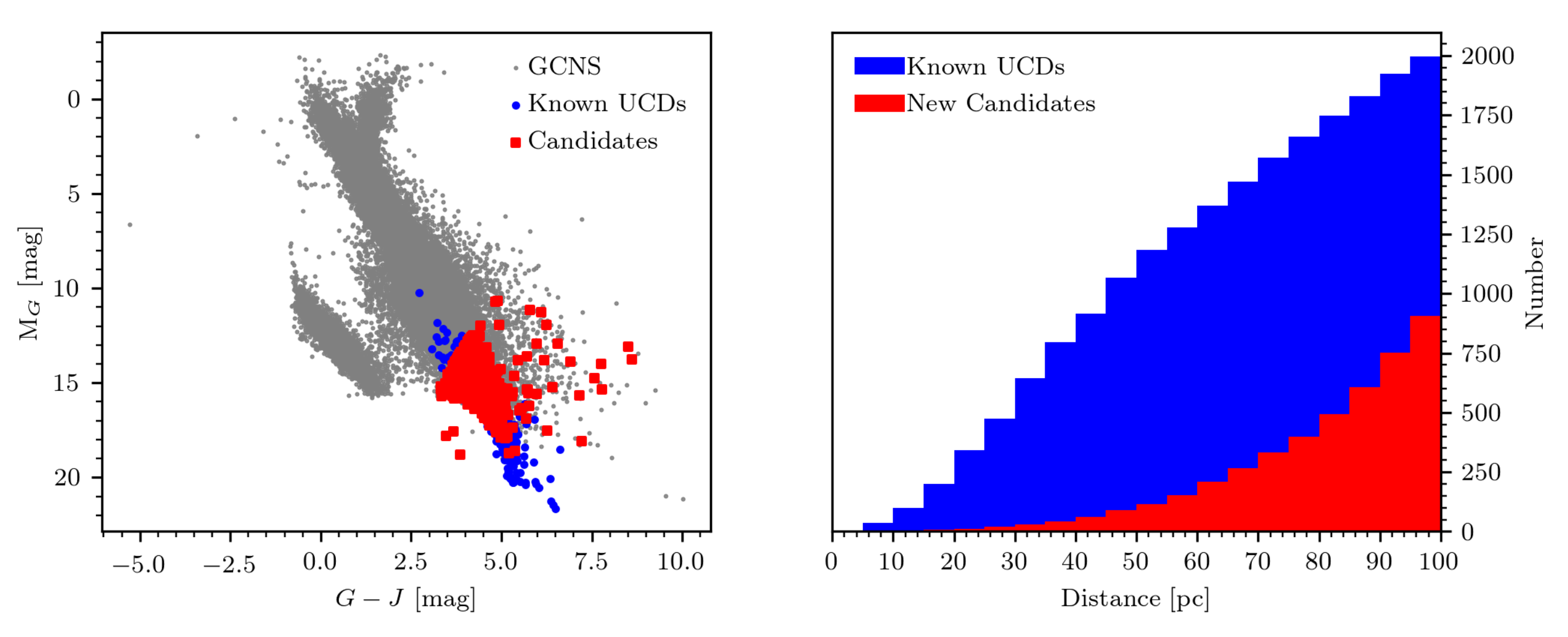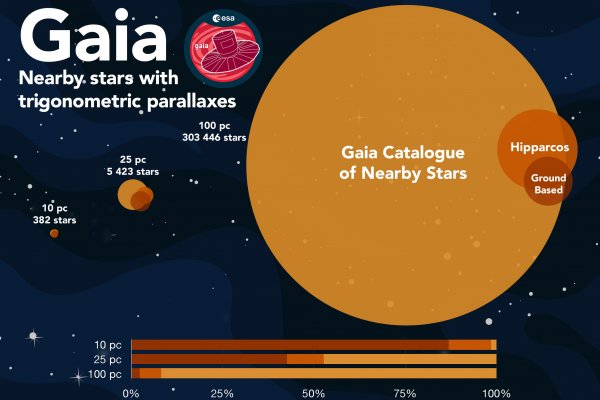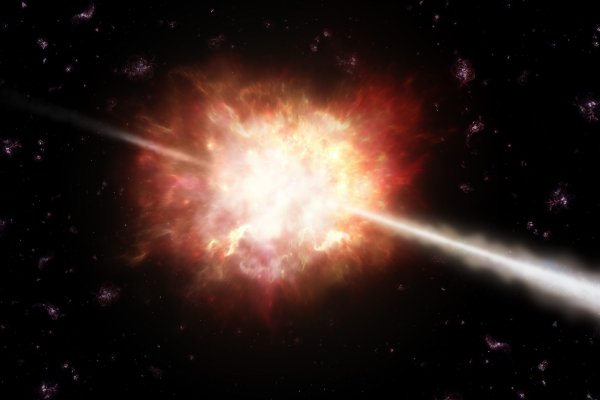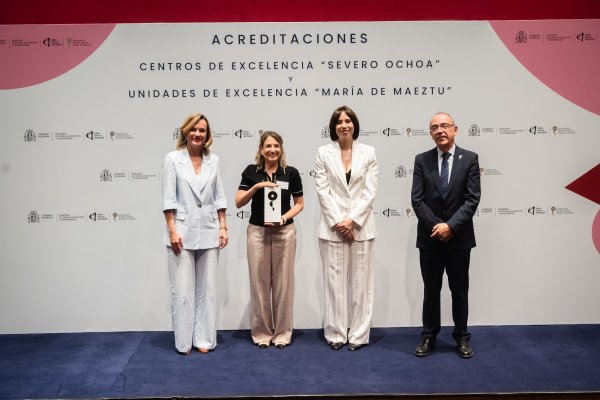Several members of the Institute of Cosmos Sciences of the UB (ICCUB) have participated in the elaboration The Gaia Early Data Release 3 (eDR3) Catalogue of Nearby Stars (GCNS), which is now available from the Gaia archive. The dataset of this catalogue is described in a Gaia Collaboration paper which came out yesterday, December 20.
Have you ever wondered what’s out there in space? Now, thanks to Gaia EDR3, the solar neighbourhood has been mapped with great precision out to 100 pc (or 326 light years).
The mapping of our neighbourhood has a long history. The first catalogue of measured parallaxes in our neighbourhood was published in 1957 by Wilhelm Gliese and contained 915 stars within 20 pc. Over time, the catalogue of nearby stars has grown, but the information was always a combination of data gathered by different instruments at various observatories. With the Gaia Catalogue of Nearby Stars (GCNS), a unique census of stars within 100 pc of our Sun is now available. It is more complete, covers a larger volume of space, and is far more homogeneous than any catalogue of nearby stars published before.
Compared to the full Milky Way, the GCNS bubble of 100 pc is tiny. So why concentrate on the sample of stars around us and out to this specific distance? At a distance of about 100 pc, the coolest stars become too faint for Gaia’s survey limit, so to get a complete census of stars (including the coolest ones), this choice was made.
Though these are the faintest and coolest objects near the Sun, many new ultra-cool dwarf candidates have been found with Gaia EDR3. An overview of the improvement is given in Figure 2.

In the video below, one can experience a virtual tour through the Solar neighbourhood. A large variety of objects is seen in the sample, from large clusters of stars to isolated binary stars moving together through space. Near the end of the video, the full sample is shown in comparison to our Galaxy.
Visualisation 1: A virtual tour through the Gaia Catalogue of Nearby Stars. The observer flies through this region while positions, motions, and colours of the more than 300 thousand catalogued stars are highlighted. An overview is given of the sample with respect to the Milky Way. Credit: ESA/Gaia/DPAC - CC BY-SA 3.0 IGO
About the Gaia UB group
The Gaia group at the Institute of Cosmos Sciences of the University of Barcelona (ICCUB) has been a part of the Gaia space mission from its initial conception and design. The team has a main role in the simulations and the initial and photometric processing of the mission's data.
More than 30 people are currently part of Gaia UB team: Friedrich Anders (ICCUB-IEEC), Teresa Antoja (ICCUB-IEEC), Lola balaguer (ICCUB-IEEC), Pablo Barneo (ICCUB-IEEC), Sergi Bartolomé (ICCUB-IEEC), Marcel Bernet (ICCUB-IEEC), Tristan Cantat (ICCUB-IEEC), Juan Carbajo (ICCUB-IEEC), Josep Manel Carrasco (ICCUB-IEEC), Javier Castañeda (ICCUB-IEEC), Claus Fabricius (ICCUB-IEEC), Cesca Figueras (ICCUB-IEEC), Albert Garcia (ICCUB-IEEC), Javier Izquierdo (ICCUB), Óscar Jiménez (ICCUB-IEEC), Carme Jordi (ICCUB-IEEC), Xavier Luri (ICCUB-IEEC), Daniel Marín (ICCUB), Eduard Masana (ICCUB-IEEC), Albert Masip (ICCUB-IEEC), Daniel Molina (ICCUB-IEEC), Maria Monguió (ICCUB-IEEC), Jordi Portell (ICCUB-IEEC), Salvador Ribas (ICCUB-IEEC), Mercè Romero (ICCUB-IEEC), Ferran Torra (ICCUB-IEEC) and Michael Weiler (ICCUB-IEEC).



